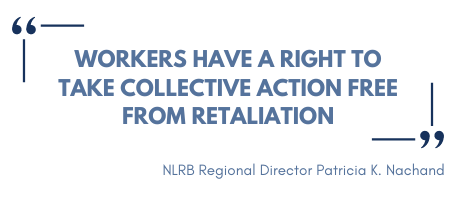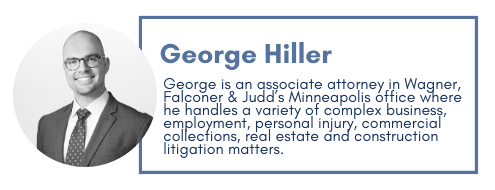The FTC Voted to Ban Non-compete Agreements…Now What?
On April 23, 2024, the Federal Trade Commission (FTC) convened an open commission meeting. Following deliberation, the five commissioners cast their votes, resulting in a decisive 3-2 outcome in favor of approving the proposed final rule-banning non-compete agreements. This pivotal decision marks a significant shift in regulatory action.
This new rule could impact an estimated 30 million workers (or 1 in 5 Americans) who are subject to a non-compete through their current or former employers. Barring a successful legal challenge, this new rule will go into effect in 120 days (August 2024).

In January 2023, the FTC warned of this eventuality when it issued its proposed rule adopting the stance that non-compete clauses were an unfair method of competition due to a multitude of factors:
- preventing workers from leaving jobs
- decreasing competition for workers
- lowering wages for both workers who are subject to the agreements and who are not
This rule paints with broad strokes, applying the ban not only to workers, but also independent contractors, externs, interns, volunteers, apprentices, or any sole proprietor who provides a service to a client or customer.

This new rule not only prevents employers from entering into new non-compete agreements with workers, but it also requires employees to rescind existing non-compete clauses. The rule also requires that employers notify parties that are currently subject to a non-compete, that the agreement is now void and unenforceable. While it may be of cold comfort to employers who traditionally utilize non-compete agreements, the FTC has not banned non-solicitation or nondisclosure agreements. Existing non-competes with senior level executives remain in effect, but new agreements, even with executives, are banned.
We expect pushack from employers and business groups who will likely challenge this rule in court. Wagner, Falconer & Judd will be watching these developments closely and will share as we know more.
Staying on top of legislative updates is time consuming. Consulting with an Employment Law Attorney to proactively monitor and update company policies is a simple way to ensure compliance with your local and federal laws. Learn more about the Business Support Services provided by Wagner, Falconer & Judd here.













